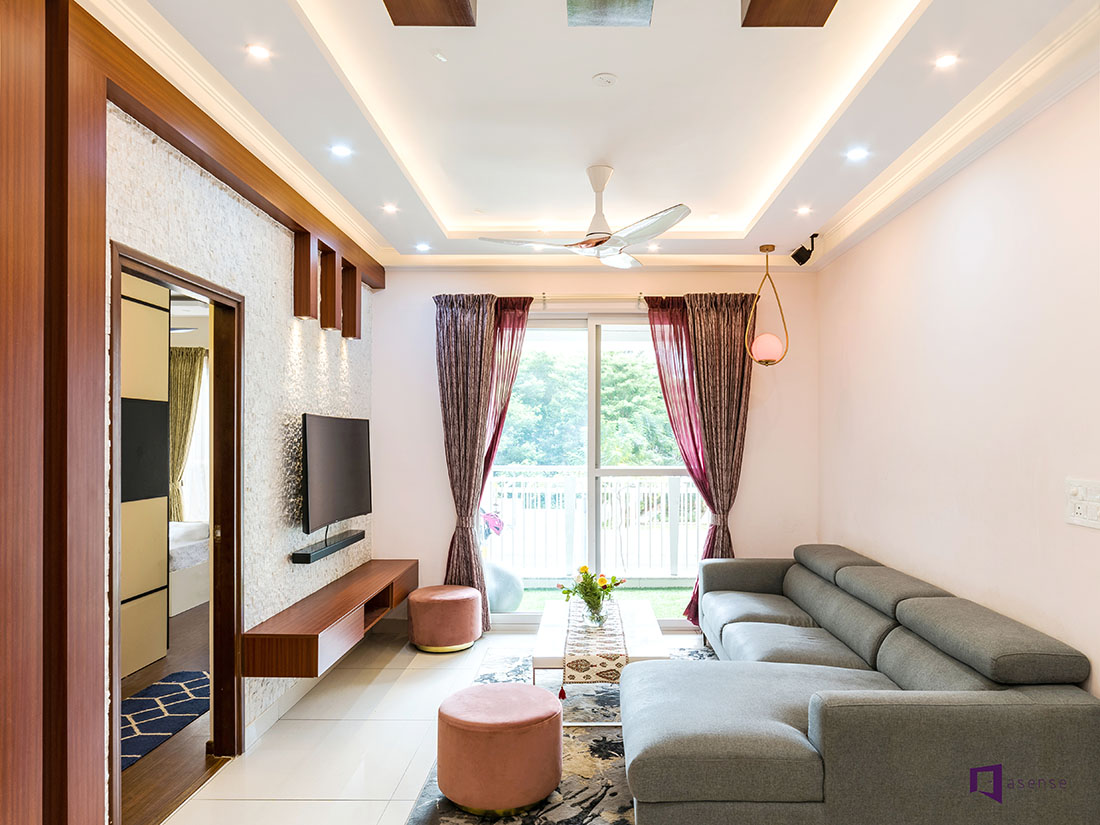Professional Architecture Firm specializing in modern structures.
Professional Architecture Firm specializing in modern structures.
Blog Article
Transform Your Home With Necessary Principles of Inside Layout and Visual Appeals
The art of transforming your home with the crucial concepts of interior decoration and looks needs a thoughtful technique that integrates shade, equilibrium, and spatial awareness. By comprehending the effect of color theory and the importance of structure and patterns, one can produce areas that are not only visually appealing but also deeply personal. Attaining this stability includes even more than simple design; it includes a strategic arrangement and an eager understanding of just how each aspect engages within an area. As we discover these foundational principles, take into consideration just how they may redefine your understanding of home and individual expression.
Comprehending Color Concept
Understanding the concepts of color theory permits designers to produce rooms that resonate psychologically with residents while meeting functional demands. Each group plays a crucial function in developing harmony within a space.
The emotional influence of colors is profound; cozy hues such as reds and oranges evoke power and heat, while cool tones like blues and eco-friendlies advertise calmness and harmony. Moreover, the use of complementary shades boosts visual rate of interest, creating striking contrasts that can elevate a room's appeal.
Neutral shades, on the various other hand, function as a functional background, allowing other design elements to shine. It is important to take into consideration factors such as lighting and the room's purpose when selecting a color palette, as these can modify the assumption of colors throughout the day.
Eventually, a well-considered color pattern can transform a space, cultivating a feeling of convenience and style that lines up with the occupants' preferences. Mastery of shade concept is, therefore, a vital ability for any kind of indoor designer aiming to create unified and welcoming atmospheres.
Accomplishing Balance in Style
Just how can designers attain a sense of balance in their rooms? Attaining balance in layout is fundamental to developing unified interiors.
Asymmetrical equilibrium, on the other hand, relies upon differing components that still accomplish a natural look. This strategy permits even more dynamic and informal arrangements, supplying interest while preserving balance. By meticulously selecting differing dimensions, colors, and appearances, designers can produce an aesthetically compelling area that really feels balanced yet energised.
Radial equilibrium emphasizes a main prime focus with aspects emitting outward. This style is generally seen in circular formats, where furniture and decoration develop a cohesive surround that draws the eye internal.
Ultimately, accomplishing equilibrium calls for thoughtful consideration of scale, proportion, and the partnerships between aspects. miami interior design. By skillfully applying these balance principles, designers can transform rooms right into environments that feel both visually pleasing and functionally harmonious, improving the total experience for owners
Importance of Spatial Awareness

An eager feeling of spatial recognition permits designers to identify focal factors within a room, directing the customer's interest to crucial features try this website while preserving a total feeling of unity. It additionally assists in the strategic placement of lighting, which can dramatically affect the understanding of room and state of mind. Understanding spatial relationships enables the developer to cater to the specific needs of citizens, making certain that each location serves its intended objective without compromising aesthetic appeals.
Eventually, spatial awareness is crucial for taking full advantage of the potential of any interior space. By meticulously taking into consideration the interplay between measurements, design, and feature, developers can create settings that not only meet functional requirements yet likewise evoke a feeling of comfort and appeal, enhancing the total living experience.
Integrating Structure and Patterns
Accepting a varied series of textures and patterns can dramatically improve the aesthetic and tactile charm of an indoor area. The strategic use various materials-- such as timber, steel, material, and rock-- produces deepness and interest, making an area feel a lot more welcoming and dynamic. For example, combining smooth surface areas with harsh structures can Check This Out develop a balance that draws the eye and involves the senses.
When including patterns, think about both range and repeating. Huge patterns can function as focal points, while smaller sized, subtle layouts can match various other aspects without overwhelming the space. Layering patterns, such as pairing flower pillows with candy striped tosses, includes intricacy and a sense of consistency if implemented thoughtfully.
It is likewise essential to keep a cohesive shade combination, guaranteeing that structures and patterns interact instead of compete for focus. By selecting a few key textures and patterns, you can develop a linked aesthetic that mirrors your individual style while boosting the overall ambiance of the area. Eventually, the cautious consolidation of these elements can transform a mundane area right into an innovative atmosphere abundant with character and heat.
Customizing Your Area
Producing a room that reflects your personality is essential to attaining a truly welcoming setting. Personalization in interior layout allows you to infuse your unique style and rate of interests into your home, changing it from a mere sanctuary into a shelter that speaks to that you are. Begin by choosing a color combination that resonates with your emotions-- bold hues can stimulate, while soft tones supply peace.
Incorporate artwork and style that mirror your enthusiasms, whether it be travel, nature, or abstract principles. Displaying personal collections, such as publications, photographs, or keepsakes, can stimulate valued memories and develop prime focus within a room. In addition, think about tailoring useful items, like upholstered furniture, to straighten with your visual choices.

Verdict
Finally, the transformation of a home through the necessary principles of indoor design and looks requires a detailed understanding of shade concept, balance, spatial awareness, texture, and personalization. Each component contributes substantially to producing a harmonious and functional living environment - interior design firms. By thoughtfully incorporating these concepts, people can enhance the visual appeal and emotional resonance of their areas, inevitably promoting a home that mirrors distinct identifications while providing comfort and practicality
Report this page